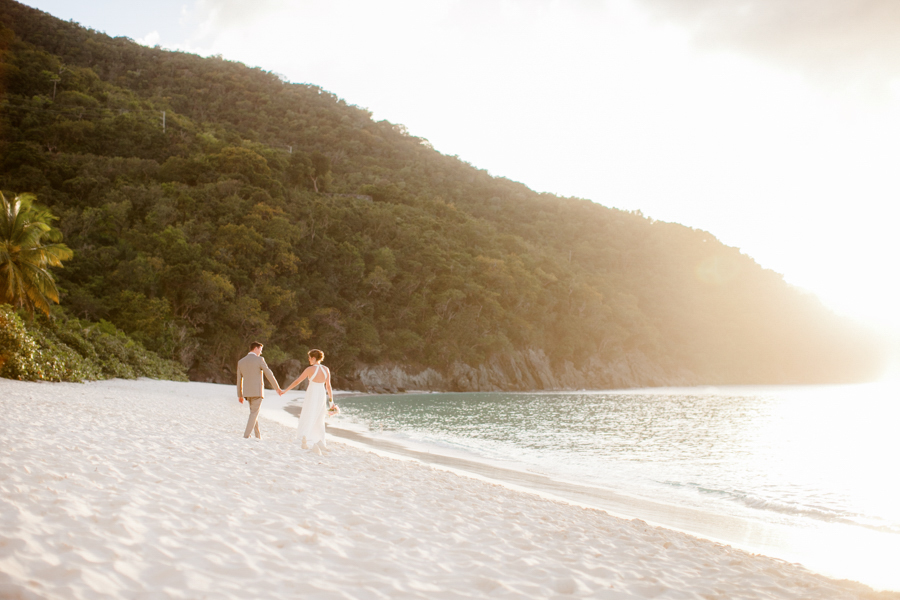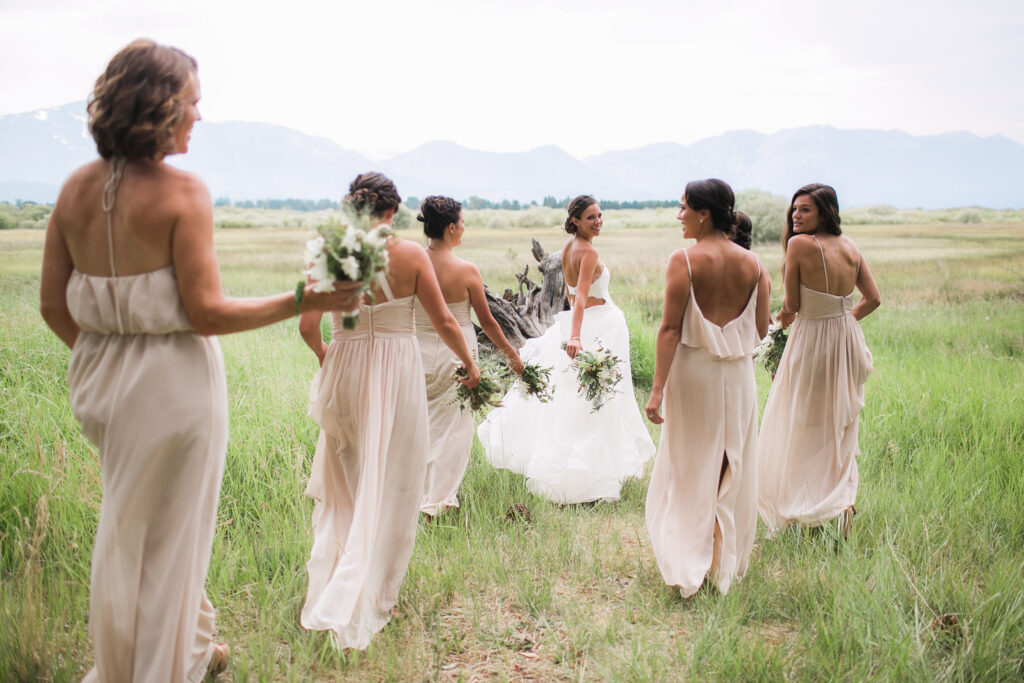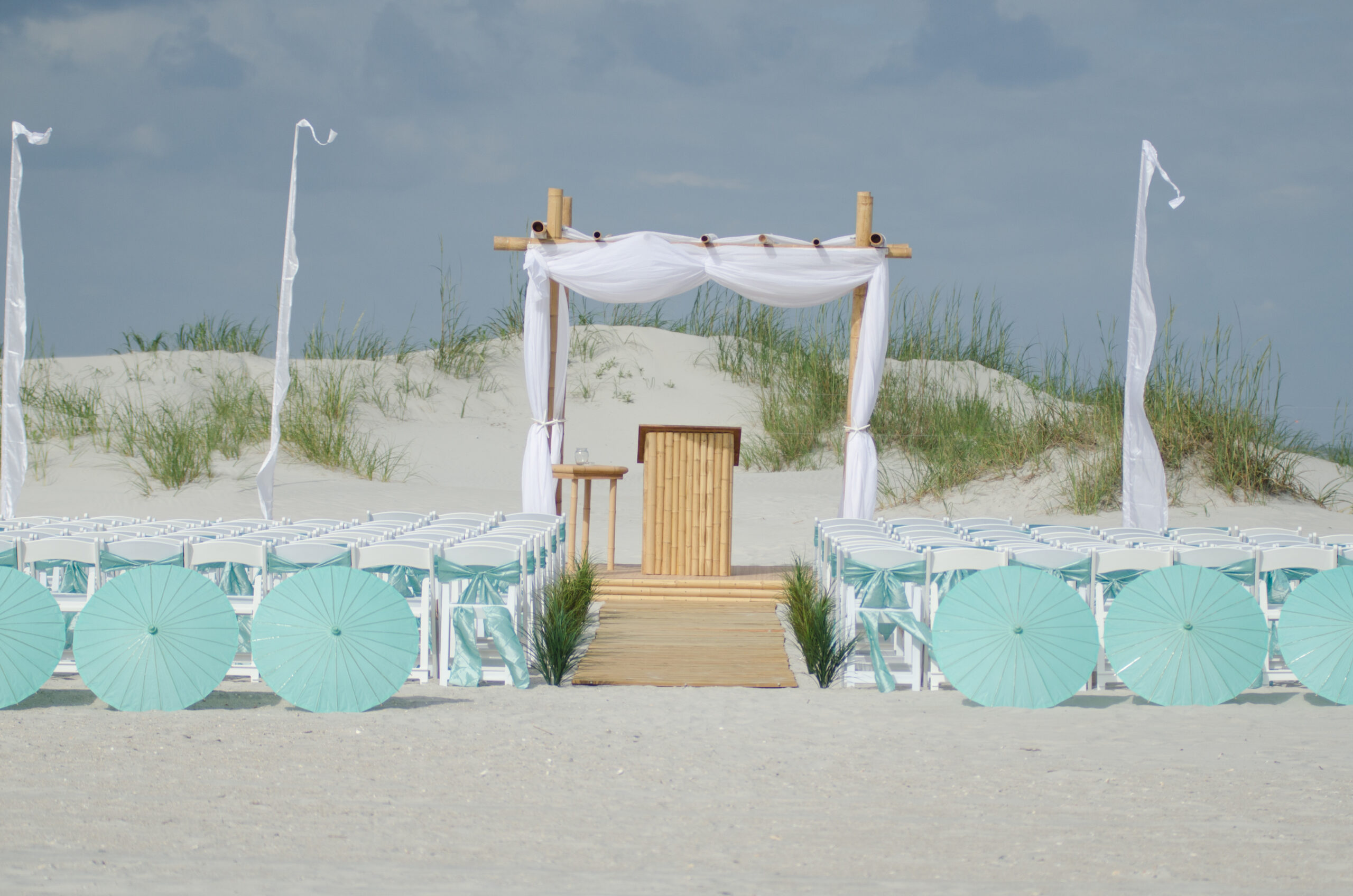As a wedding photographer, I’ve had the privilege of capturing countless love stories, each unique and special in its own way. If you’re just starting out in wedding photography, you may feel overwhelmed by the challenges and responsibilities that come with the job. Don’t worry; you’re not alone! In this guide, I’ll share some essential tips and tricks to help you navigate the world of wedding photography, including the best lenses to use, how to identify the right lighting, and techniques for using flash indoors to create natural-looking photographs.

Understanding the Essence of Wedding Photography
Wedding photography is more than just snapping pictures; it’s about telling a story. Your goal is to capture the emotions, the details, and the moments that make the day unforgettable. Each wedding presents unique challenges, but with the right tools and knowledge, you can create stunning images that your clients will treasure for a lifetime.
Best Lenses for Wedding Photography
Choosing the right lens is crucial for capturing the magic of a wedding day. Here are my top recommendations:
- 50mm f/1.2 Lens
- This lens is a staple for wedding photographers. Its wide aperture allows for beautiful bokeh, making it perfect for portraits. The 50mm focal length provides a natural perspective, making your subjects look great without distortion. It’s also compact and lightweight, ideal for moving around quickly.
- 24-70mm f/2.8 Lens
- A versatile lens that covers a range of focal lengths, the 24-70mm is perfect for capturing everything from wide group shots to intimate portraits. Its fast aperture allows you to shoot in lower light conditions, which is essential during indoor receptions.
- 70-200mm f/2.8 Lens
- This telephoto lens is ideal for candid shots from a distance. It enables you to capture emotional moments without intruding on the couple’s space. The compression effect also creates a flattering look for portraits, isolating the subject beautifully against a blurred background.
- Wide-Angle Lens (16-35mm)
- For breathtaking venue shots and large group photos, a wide-angle lens can capture the full scope of the setting. Just be mindful of distortion—shooting from a slightly higher angle can help maintain a natural look.
- 35mm f/1.4 Lens
- The 35mm f/1.4 lens is fantastic for capturing environmental portraits. Its wider field of view allows you to include more of the surroundings while still maintaining a pleasing depth of field. This lens excels in low-light situations and is perfect for both candid shots and posed portraits.
- 100mm f/2.8 Macro Lens
- This lens is essential for capturing stunning macro shots of the wedding ring set and other intricate details. The 100mm focal length allows you to get close without disturbing the setup, and its sharpness ensures every detail is beautifully rendered. Use this lens for those small but significant moments that tell the story of the day.
Identifying the Best Lighting
Lighting is one of the most critical aspects of photography, especially during weddings. Here’s what to look for:
- Natural Light
- Whenever possible, use natural light. Golden hour—about an hour after sunrise and before sunset—offers the most flattering light for portraits. The soft, warm tones will add a magical quality to your images.
- Indoor Lighting
- When shooting indoors, pay attention to the available light sources. Position your subjects near windows or other light sources to take advantage of natural illumination. Avoid harsh overhead lights that can create unflattering shadows.
- Backlighting
- Backlighting can create a dreamy effect in your photos. Position your subjects with the light source behind them, and use a wide aperture to create a beautiful halo effect around them.
- Artificial Lighting
- Don’t shy away from using artificial lighting when necessary. It can be a game-changer for indoor ceremonies or receptions, where lighting can often be dim.
Using Flash Indoors: Creating Natural-Looking Photographs
Many photographers fear using flash, but when done correctly, it can enhance your images without looking artificial. Here’s how to use flash effectively indoors:
- Bounce the Flash
- Instead of pointing your flash directly at your subject, bounce it off the ceiling or walls. This creates a softer, more diffused light that mimics natural light. Use a flash with a swivel head for better control over the direction of the light.
- Use a Flash Modifier
- Attach a diffuser to your flash to soften the light further. This can help reduce harsh shadows and create a more flattering look for your subjects.
- Balance Flash with Ambient Light
- To achieve a natural look, balance your flash output with the existing ambient light. Use a lower flash power and adjust your camera settings (ISO, shutter speed, and aperture) to let in more ambient light. This technique can create a beautiful blend that feels authentic.
- Practice with Manual Settings
- Familiarize yourself with manual settings on your camera. Using manual mode allows you to control exposure more precisely, helping you achieve the desired balance between flash and ambient light.

Developing Your Photography Style
As you gain experience, start developing your unique style. Analyze your favorite wedding photographs and identify what resonates with you. Is it the candid moments, the emotional expressions, or the intricate details? Embrace what inspires you, and let that influence your work.
Post-Processing: Enhancing Your Images
Post-processing is where the magic happens. Use editing software like Lightroom or Photoshop to enhance your images and ensure they align with your brand’s aesthetic. Here are some tips for effective editing:
- Consistency is Key
- Develop a consistent editing style that reflects your brand. Whether you prefer a light and airy look or a moody, dramatic style, maintaining consistency across your portfolio will help attract your ideal clients.
- Adjusting White Balance
- Pay attention to white balance to ensure accurate skin tones. If your images have a color cast due to mixed lighting, correct it during the editing process.
- Don’t Overdo It
- While editing is essential, avoid over-processing your images. Aim for a natural look that enhances the beauty of the moment without distracting from it.
The Importance of Communication
Effective communication is key to a successful wedding shoot. Build a rapport with the couple before the wedding day to understand their vision and preferences. Discuss the must-have shots and any specific moments they want captured. This will not only help you plan your approach but also ensure a smoother experience on the wedding day.



Are you ready to take your wedding photography skills to the next level? If you’re passionate about mastering your craft and capturing unforgettable moments, I invite you to join my mentorship program. Together, we’ll work on developing your unique style, refining your technical skills, and navigating the intricacies of wedding photography. Let’s embark on this journey to elevate your photography and create stunning images that tell beautiful stories.
Wedding photography is a rewarding yet challenging field that requires a blend of technical skills, creativity, and a deep understanding of human emotions. By focusing on the right lenses, mastering lighting techniques, and effectively using flash, you can create stunning, natural-looking photographs that your clients will cherish for a lifetime. Remember, practice makes perfect, and every wedding is an opportunity to learn and grow. I’m excited to see where your journey in wedding photography takes you!





+ COMMENTS
add a comment